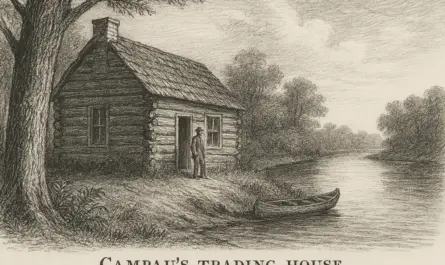Leonard, Michigan history is filled with unexpected turns for a town that began as a rail stop in northern Oakland County. Built by farmers, merchants, and railroad visionaries, Leonard quickly grew into a self-made village with industry and civic pride. From train wrecks to homemade phone lines, its story is one of persistence over spectacle.
A Railroad Sparked It All
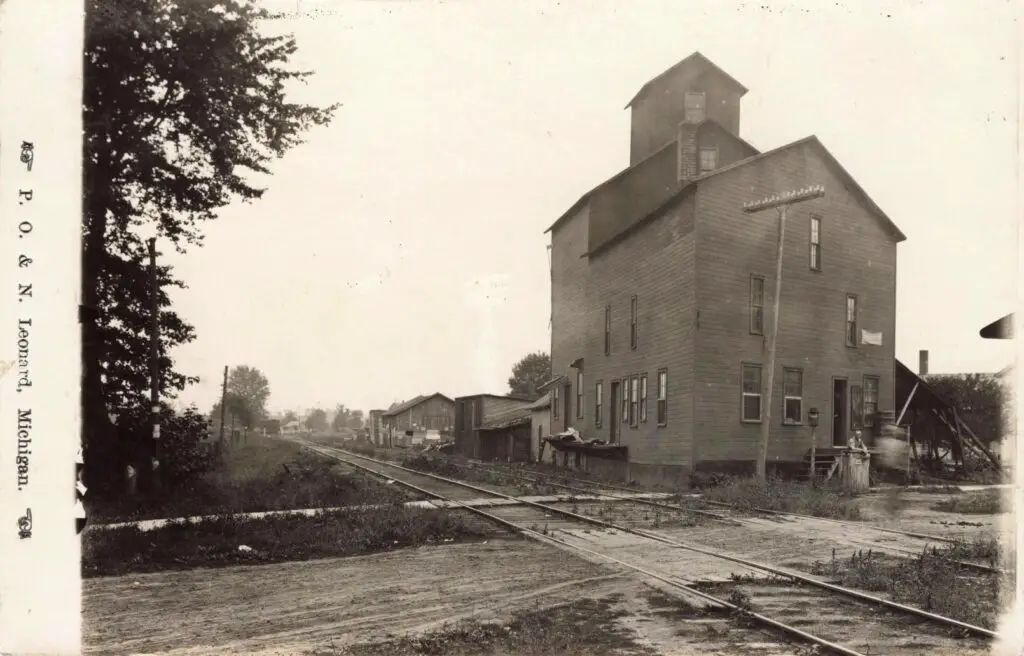
Leonard, Michigan didn’t begin with a grand plan. It started with a railroad. In the 1880s, the Pontiac, Oxford and Northern Railway cut through the northern edge of Oakland County. That single rail line turned a quiet patch of farmland into a town with shops, industry, and ambition.
Two men made it happen. Peter Brewer donated the land needed for the depot. Leonard Rowland contributed property that became the village center. The town was named “Leonard” in his honor, and by the 1890s, a working-class community began to form along the tracks.
Video – Leonard Michigan History
The Grain Elevator That Anchored the Town

One of the most iconic structures in Leonard was the towering wooden grain elevator. Positioned directly beside the railroad, it was a hub of shipping activity for the area’s agricultural economy. In a period photo, the elevator dominates the rail corridor while a mill structure and several sheds line the tracks.
This site became even more historically significant when a train on the Pontiac, Oxford and Northern line derailed nearby. A photograph shows twisted steel, upended coaches, and townspeople surveying the wreckage. The exact cause isn’t documented, but the location near the grain elevator places the event close to the beating heart of Leonard’s industry.
A Town Rebuilt After the 1907 Fire

In 1907, disaster struck Leonard when a fire tore through Heenan and Hibbler’s General Store — a key fixture on the town’s commercial block. The photo of the aftermath shows scorched earth, a standing chimney, and smoke lingering in the air as residents look on.
But Leonard didn’t fold. The store was eventually replaced, and commerce resumed. This resilience marked the town’s character in the early 20th century.
A Basket Factory, a Butter Plant, and a Cement Works
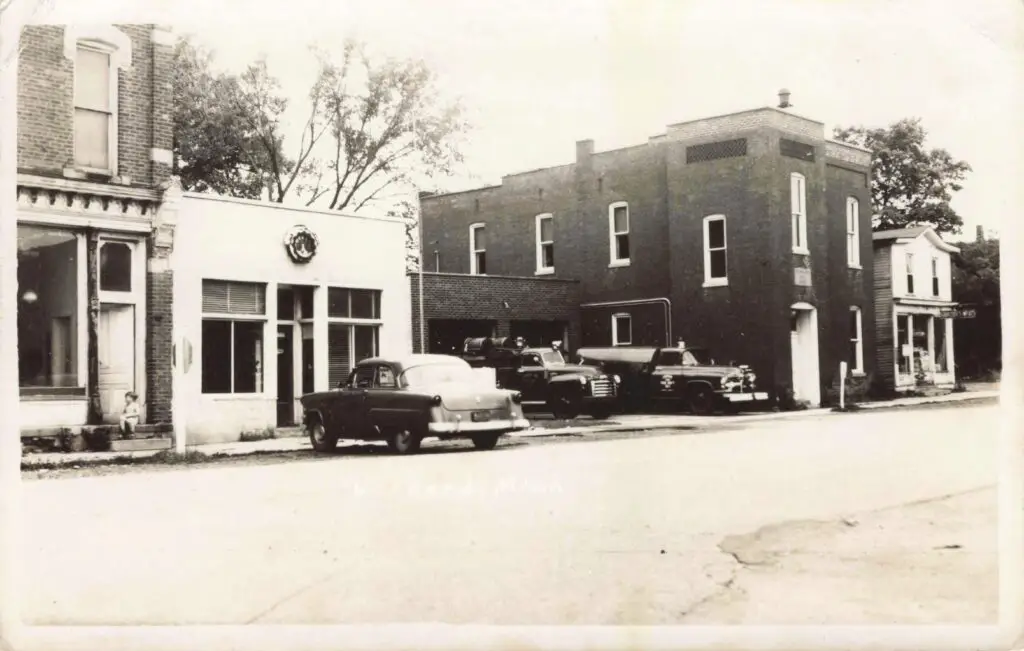
Leonard Michigan history isn’t just about transportation. The town became a small industrial center. A basket factory helped local farmers get apples and produce to market. A butter processing plant handled dairy from area farms. And a small cement works operated by the Sotheby family produced ornamental porch columns and horse carriage steps, crafted with handmade concrete molds.
Some of these pieces still exist in Leonard today — quiet remnants of its productive past.
Rowland Hall: The Town’s Social Anchor
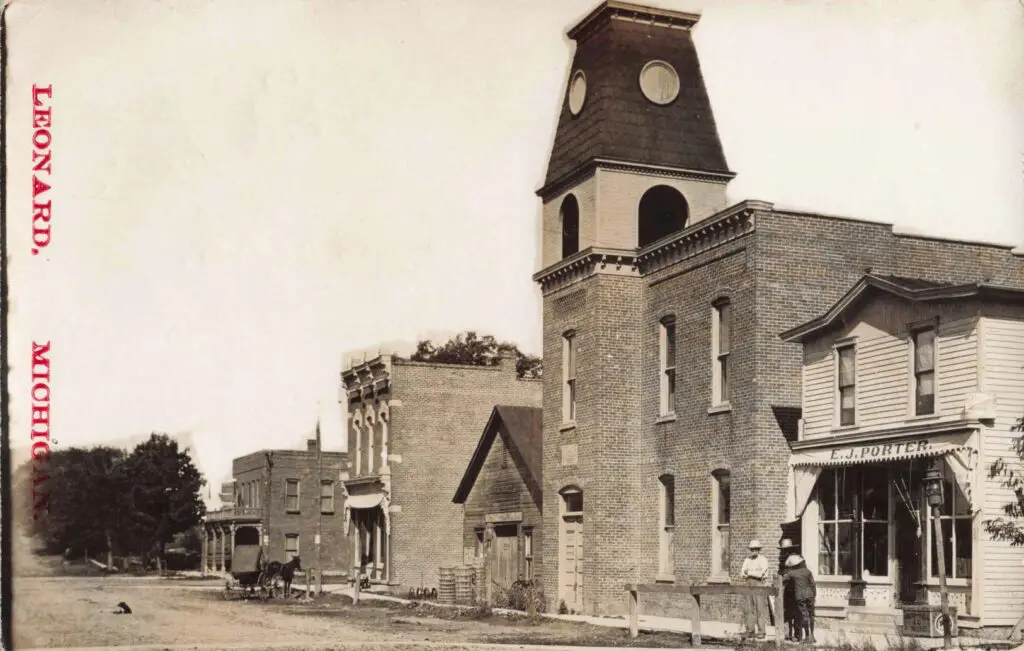
Built in 1885 by Leonard Rowland and gifted to the community, Rowland Hall served as a meeting place, dance hall, and public event space. Located near the Four Corners, it became a natural gathering place. Though its early balcony is gone, the building still plays a central role in community life.
The First Phones Were DIY
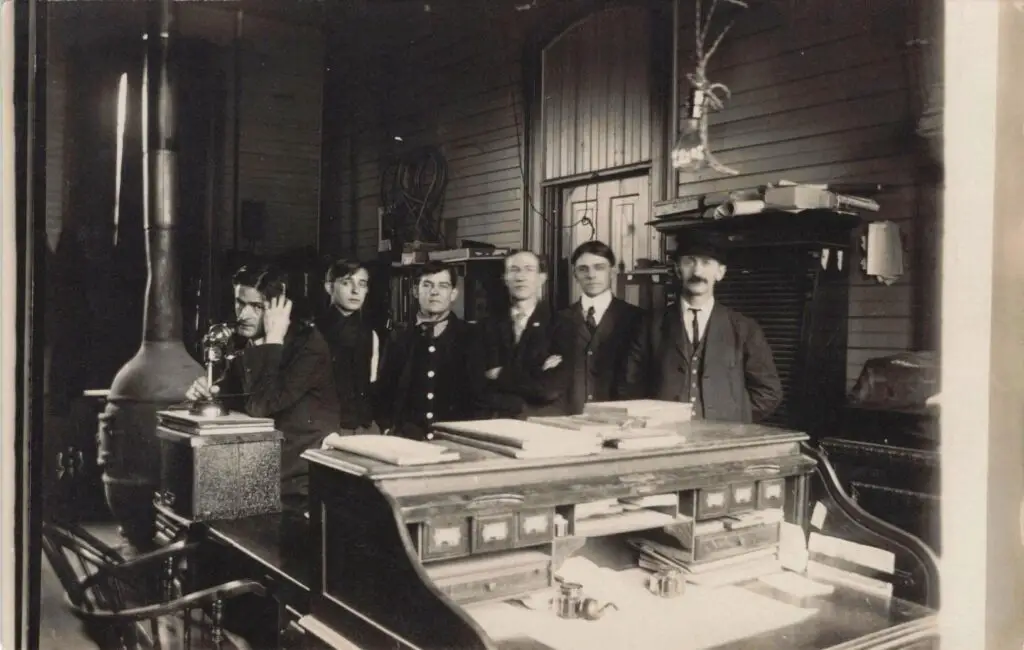
When Leonard’s early residents wanted telephone service, they didn’t wait for the big providers. Instead, they organized their own telephone line — building it themselves by sourcing poles and wire, then stringing it all the way to Romeo. It was an early sign that Leonard wasn’t afraid to build what it needed.
The People Who Stayed
Leonard never became a large town, but it remained a stable one. Families stayed for generations. Children attended the red-brick schoolhouse, which still stands today. Photos show the Methodist Episcopal Church in its early years, with arched windows and a simple steeple. These buildings served a town that valued continuity.
Even during wartime, the community held together. Residents recall stories of shopkeepers paying rent for soldiers’ wives during World War II. These gestures weren’t headlines — they were quiet acts of loyalty.
A History You Can Still Walk Through
Today, the railroad is gone. The path it once followed is now a trail. But the grain elevator still stands. The Rowland name is still part of the village. The fire of 1907 and the train wreck near the elevator are now stories passed down — supported by the photos, maps, and structures that survived.
Leonard Michigan history is rooted in self-reliance. This was a place where the people didn’t wait for outside help. They built the rail stop. They laid the phone lines. They replaced what burned. And they stayed.
Why Leonard Still Matters
Leonard Michigan history isn’t marked by grand events, but by steady work and local resolve. The grain elevator, Rowland Hall, and rebuilt storefronts tell a story of a community that took care of its own. More than a century later, Leonard still carries the character of a place that built itself — and never left..


